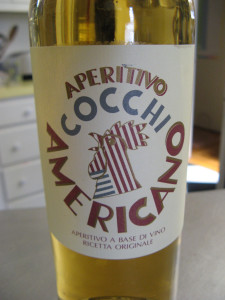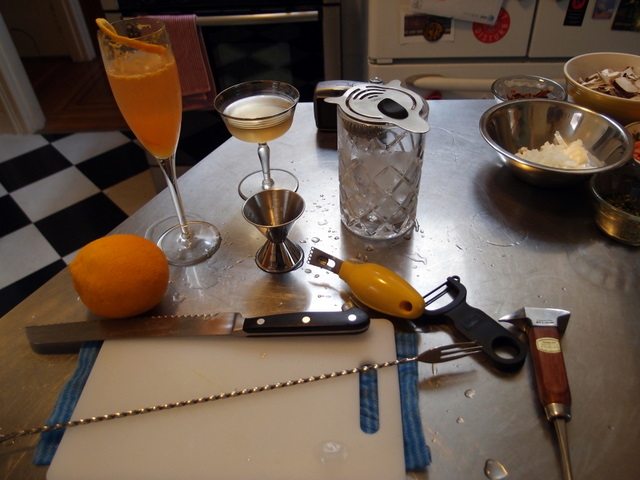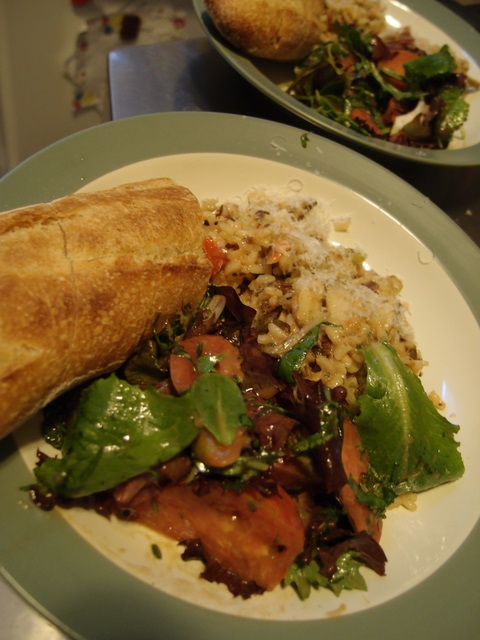There are different types of “Lost Ingredients.”
Some are just gone. They are no longer made. The Pomelo flavored “Forbidden Fruit” liqueur is one of those. The only way to get a liqueur like this is to try to make it yourself.
Some “Lost Ingredients” are still made, but only distributed in relatively small geographic areas, making them difficult to come by. “Swedish Punsch” is one of these. Almost the only way to get it is to travel to Sweden, (or make it yourself.)
The third type of “Lost Ingredient” is the one which is still made, but whose recipe has changed so significantly that it no longer resembles the ingredient which would have been called for in a classic cocktail. In some ways these are the worst. It’s like they are taunting you.
Lillet is one of these. In the 1980s, the company which manufactures it decided to re-tool their “Kina Lillet” product’s flavor to keep up with the times. According to their, (strangely informative,) website, the product was renamed “Lillet Blanc” and made, “fresher, fruitier, and less bitter.” Well, that is OK, unless the cocktail you are making with it is depending on it being relatively sweet and somewhat bitter.
To backup a bit and explain what Lillet actually is… Lillet is a fortified wine flavored with spices and bittered, like Tonic Water, with Quinine. The name for this type of fortified wine is “Quinquina.” Both Lillet and Dubonnet are Quinquinas, along with other more obscure ones, like St. Raphael.
Cocktail enthusiasts have suggested various ways of getting around Lillet’s reformulation. From adding Quinine powder directly to your drink to creating a quinine tincture and doctoring your Lillet with it.
For a while a cheery bottle had been crowing to me from the aperitif shelf of my local liquor store.

Cocchi Americano.
How can you resist a label like that? Eventually, I gave in and bought a bottle of Cocchi Aperitivo Americano, not really knowing what to expect. There wasn’t much information about it in on the web or on the bottle.
When I opened it, I was interested to discover it was similar to Lillet Blanc, except sweeter, spicier, and more bitter. The flavors were primarily cinnamon and citrus, with a pronounced and lingering Quinine aftertaste. I started to get a bit excited. Maybe I wouldn’t have to make a Quinine tincture after all.
Some cocktail experimentation followed, and I discovered nearly every classic cocktail which called for Kina Lillet was head and shoulders better with the Cocchi Aperitivo Americano, than it was with Lillet Blanc. The Corpse Reviver No. 2, which had previously not really thrilled me, was astoundingly eye opening. As was the Culross Cocktail. Even the Vesper, which had been perfectly fine with Lillet Blanc, seemed to perk up with that little bitter touch in the finish.
I presented the Cocchi Americano to some friends. They were a bit less enthusiastic. “Tastes like warm Vermouth,” they said. Perhaps I should have chilled the bottle. I went on to them, as I am wont, about the subtle citrus notes, and bracing Quinine aftertaste. Still not much interest. Somewhat disheartened, I presented my findings on eGullet. Apparently, my enthusiasm was enough to convince at least one person to try it. Fortunately, that one person was also able to try it against a well preserved bottle of vintage Kina Lillet, and pronounced, “The Cocchi Aperitivo Americano comes close to the “bitter” (kina) Lillet”.
Wow!
A few more people have tried the Apertivo Americano since, and all agree that it makes a superior Corpse Reviver No. 2.



